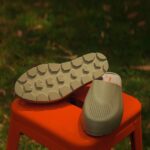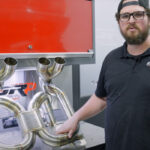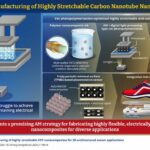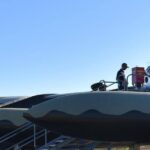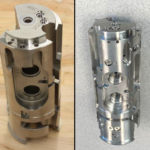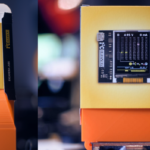Researchers have developed a new Vat photopolymerization technique that creates both permanent objects and dissolvable supports in a single process. According to a study published in ACS Central Science, this “one-pot” technique uses a special resin that responds differently to UV and visible light. The approach could simplify the production of complex 3D-printed items including tissue engineering scaffolds and mechanical components.
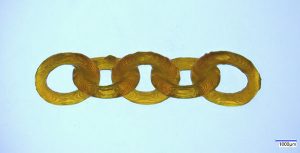
“Vat photopolymerization is known for its fast and high-resolution printing, but one of the most nerve-wracking parts after printing is manually removing supports for intricate interlocking and overhang structures,” says Maxim Shusteff, one of the study’s corresponding authors. “We are very excited that we can use simple chemistry to solve this issue.”
The research team formulated a resin containing multiple components, including acrylate/methacrylate and epoxy monomers, along with photoreactive substances responsive to different light wavelengths. When exposed to visible light, the resin forms dissolvable support structures, while UV light exposure creates permanent parts. The team also built a custom 3D printer capable of emitting both types of light simultaneously.
After printing, the temporary supports can be removed by placing the object in a sodium hydroxide solution at room temperature for about 15 minutes. The researchers note that the support material breaks down into non-toxic compounds during this process, an important consideration for potential applications.
The team demonstrated their technique by creating increasingly complex structures including a checkerboard pattern, interlocking rings, and a ball-in-cage design. These demonstrations show the potential for creating intricate objects that would be difficult to produce with conventional 3D printing methods.
The research was funded by the U.S. Department of Energy, the University of California Laboratory Research Fees In-Residence Graduate Fellowship, and the Lawrence Postdoctoral Fellowship at Lawrence Livermore National Laboratory.
Source: acs.org


